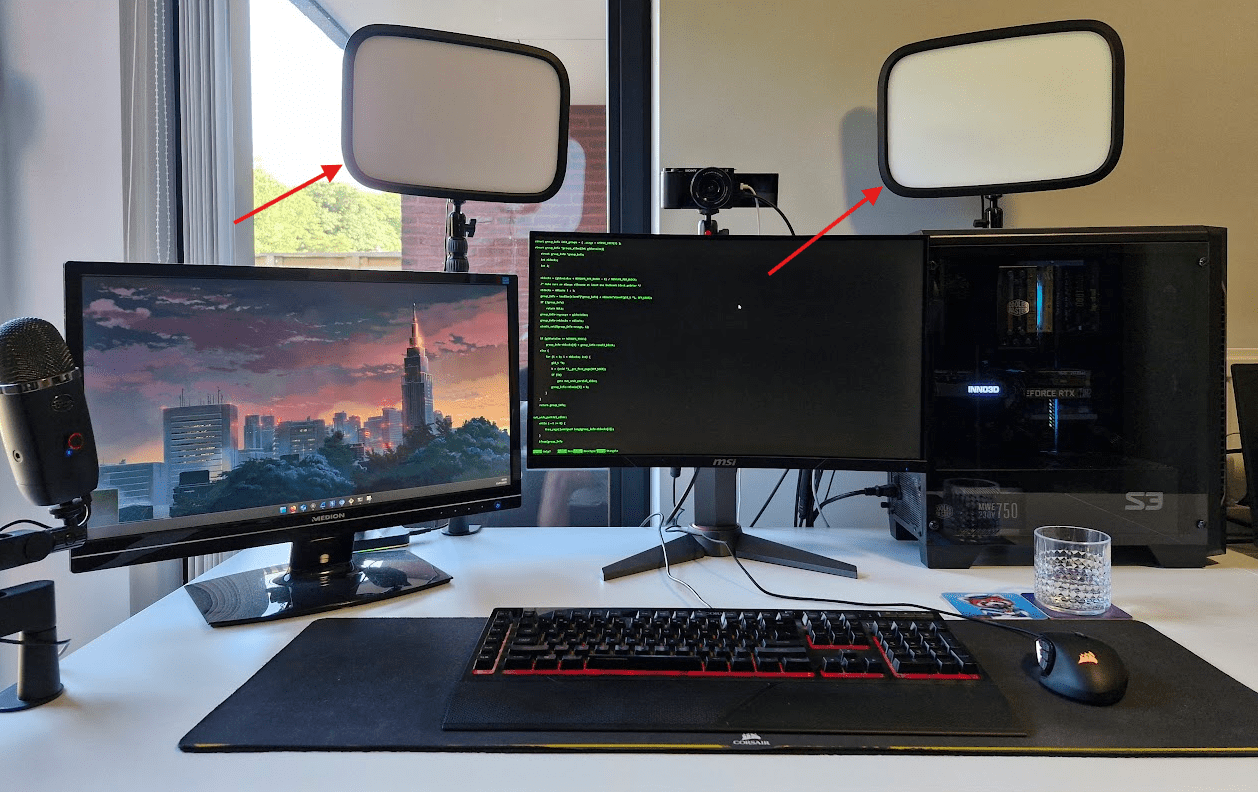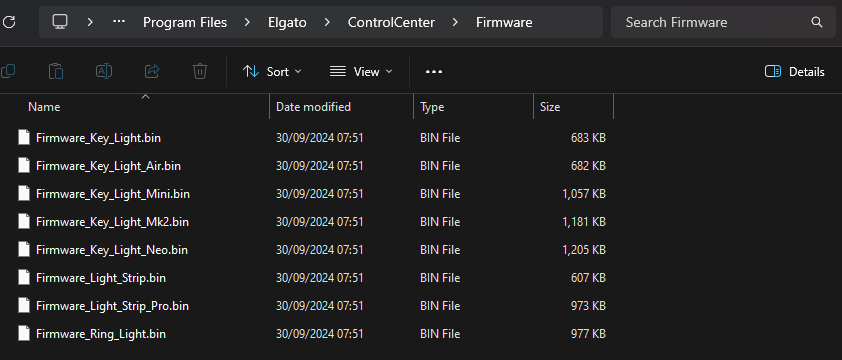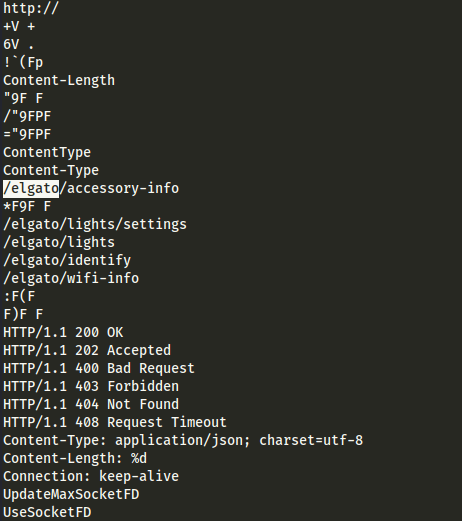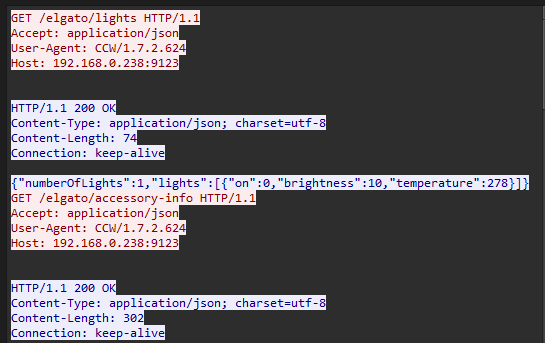A while back, I gave myself a fun weekend challenge: Hack everything in my apartment that’s connected to the internet. So, I started by performing some basic ping-sweeps using nmap. It gave me a good insight into my personal local network. For example, I found out that my washing machine was connected to the internet. Why? Who knows?!
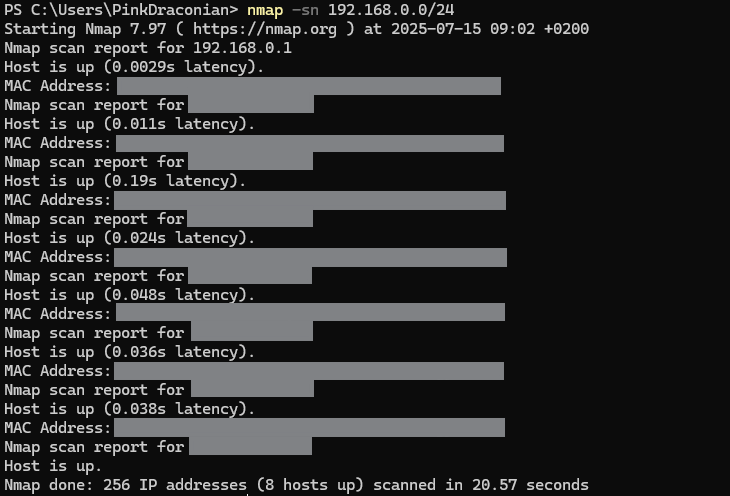
Performing a ping-sweep using
nmap 

